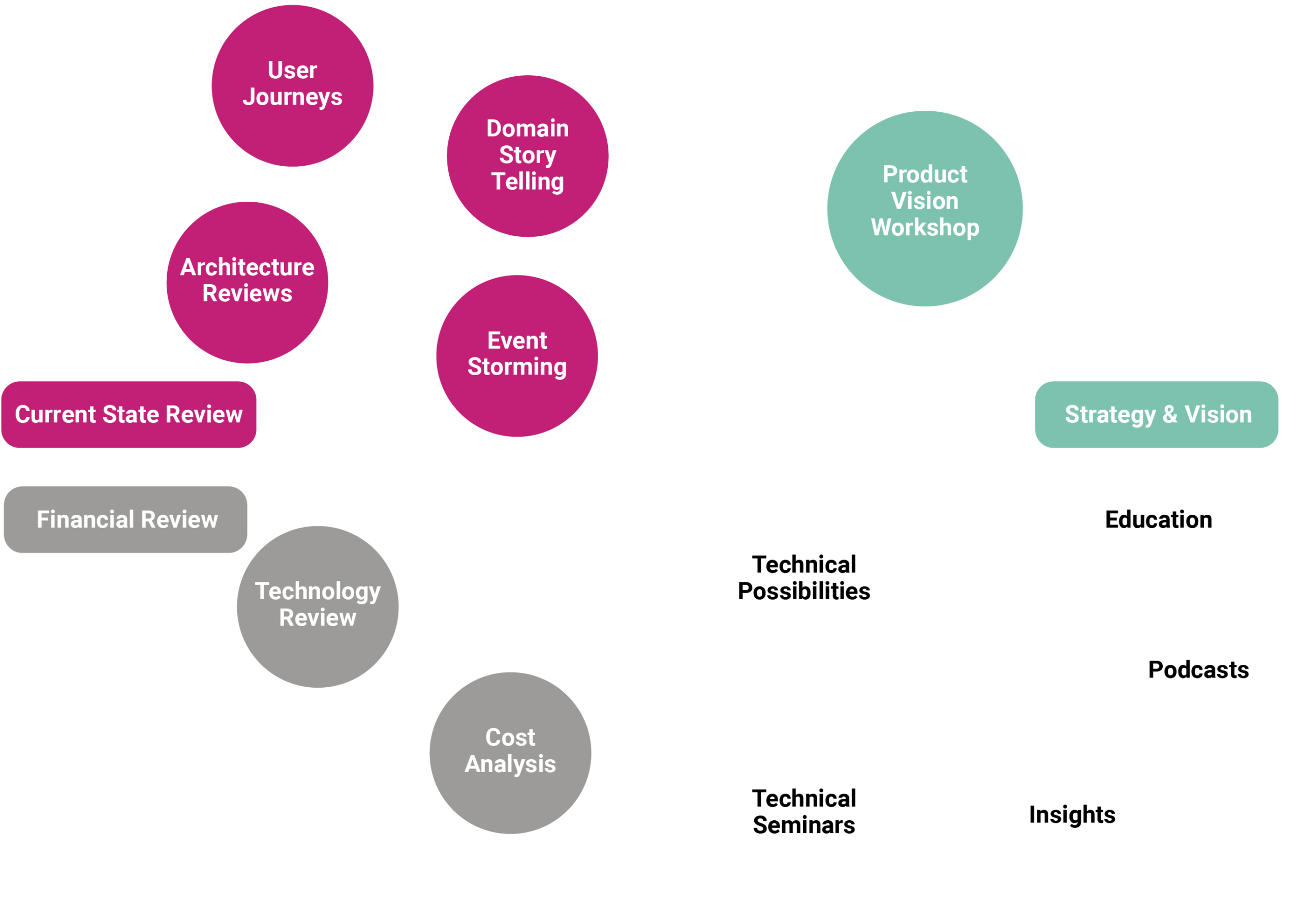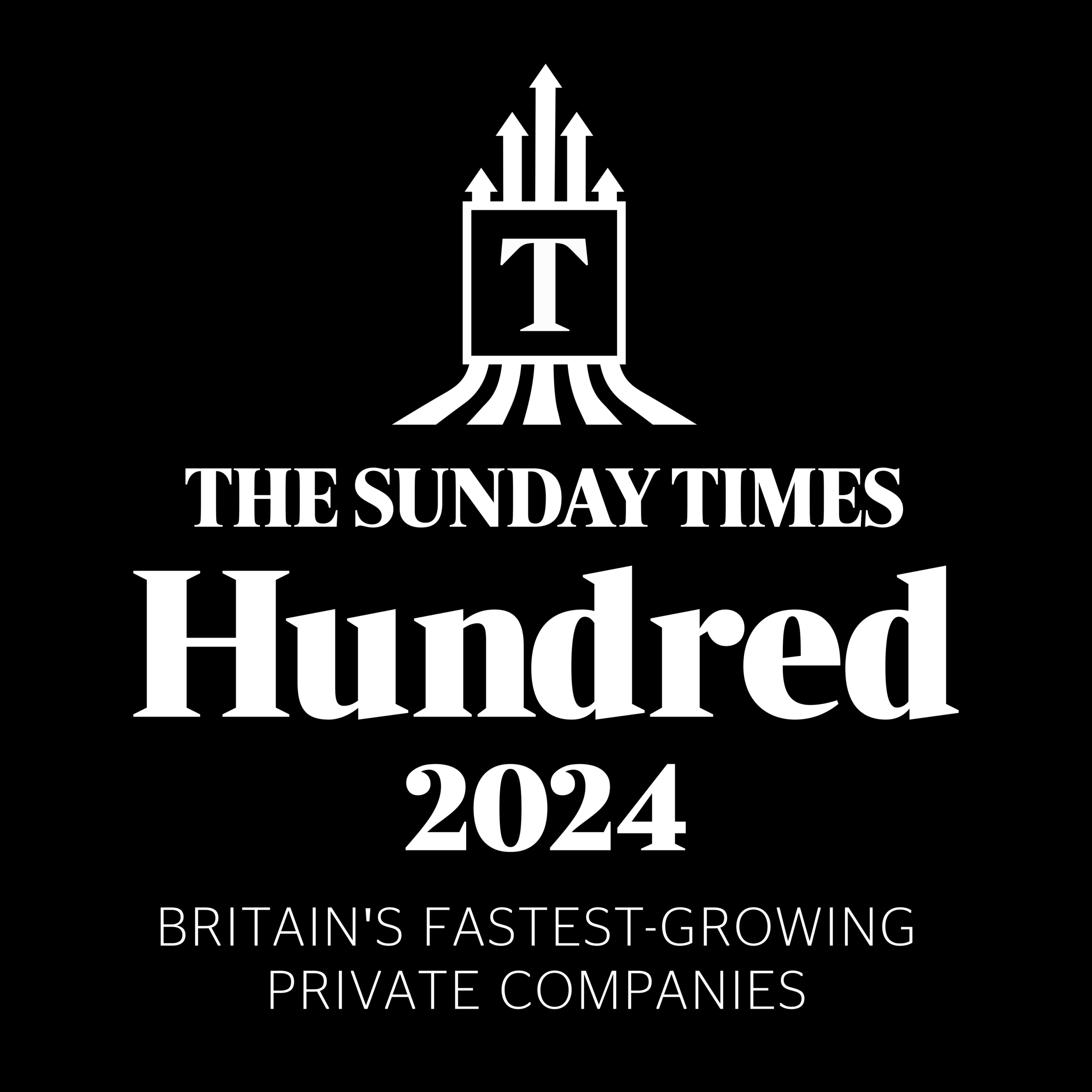
Increasing Product Value Through Modernization
29 May 2024 | Katrin Hochstaetter
In today’s dynamic business landscape, the imperative for modernization often stems from a keen eye on the bottom line. Whether it’s the desire to optimize costs, or leverage emerging technologies, organizations find themselves at a crossroads, eager to evolve but constrained by legacy systems. The emergence of Artificial Intelligence (AI) further accentuates this need, promising transformative solutions and novel insights. However, amidst the AI hype, it’s crucial to recognize both its immediate and long-term implications.
As Roy Amara famously stated, “We tend to overestimate the effect of a technology in the short run and underestimate the effect in the long run.” This sentiment underscores the criticality of not just embracing AI, but also navigating the complexities of modernization strategically. Failure to act risks falling short of user expectations and, ultimately, losing relevance in an ever-evolving market landscape.
The impetus to modernize is clear, but determining product value within this context poses a nuanced challenge. Unlike creating a new product, modernization involves enhancing existing offerings while aligning them with evolving user needs and technological advancements. It’s about bridging the gap between legacy infrastructure and future-ready solutions, all while delivering continuous value to customers.
The Modernization Journey
The modernization journey is distinct from creating a new product. Unlike the latter, modernization begins with an existing value proposition and customer base. Our aim is not to find a new market, but rather to enhance and extend the value we offer to our existing users – be they external customers or internal stakeholders.
However, within the fabric of our established systems lie subtle cracks, areas where our offerings risk drifting out of sync with user expectations. Herein lies the complexity of modernization: it requires a dual focus on understanding user needs and updating our technological foundation to stay agile and adaptive.
To navigate this complexity effectively, introspection is key. Here are four key areas to consider:
Review Business Strategy and Vision: Delve into your customer base, the problems you solve for them, and the value they derive from your product. Identify any obstacles hindering value delivery and untapped opportunities for growth.
Business and Technology Set-Up Review: Evaluate how your business structure aligns with your technological capabilities. Ensure that your technology supports your value proposition and is not a hindrance to meeting customer needs. Assess dependencies on third-party products and services and address any technological disparities that may have emerged over time.
Financial Considerations: Analyze the cost-value relationship within your technology set-up. Identify areas of inefficiency and reallocate resources to maximize customer value. Ensure that your investments align with your strategic goals and contribute to enhancing the customer experience.
Educate: Stay informed about technological advancements and their potential impact on your business. Understand the circular relationship between user needs and technological evolution. Leverage emerging tools and best practices to address customer problems and unlock new value streams tailored to address the unique problems faced by our customers. Once you grasp the realm of possibilities it becomes possible to envision new solutions available to you.
User needs propel technological progress, which in turn creates fresh value and empowers us to tackle previously insurmountable challenges. Over the past few years, there has been a surge of advancements in data management, processing methodologies, and AI applications. These innovations enable us to extract insights, generate content, and facilitate decision-making with unprecedented accuracy and efficiency. To conceptualize innovative solutions, it’s imperative to explore the array of tools and best practices available in the technology market today, tailored to address the unique problems faced by our customers.

Determining the Right Path for Your Organization
Upon completion of this exercise, we achieve these key outcomes:
- We establish a clear definition and vision of how we deliver value to our customers.
- We gain insights into the discrepancies between our business and technology structures.
- We identify areas of opportunity to enhance value.
- We recognize technologies that may need replacement.
With this renewed understanding of our current state, and our aspirations for the future, we establish two fixed points: our current position and our desired destination – our “north star.” This framework enables us to chart a course toward increased value.
Our path forward is guided by two primary considerations:
- Making strategic decisions to fortify our product’s foundation: This involves assessing our technology setup, addressing performance issues, evaluating third-party products, and reimagining user experiences. While these initiatives may not yield immediate, quantifiable product value, they are indispensable for the longevity and resilience of our offerings. Additionally, they may contribute to cost savings.
- Making decisions to enhance our product and meet user needs: Building on insights gained from previous exercises, we prioritize initiatives aligned with our “north star.” This may entail refining user experiences, streamlining offline processes, or developing solutions for underserved user groups or business areas.
To swiftly realize value, we must establish incremental milestones, whether they be foundational or product-oriented. These milestones serve as litmus tests for our hypotheses, allowing us to pivot if an incremental change fails to yield the anticipated value. Striking a balance between exploration and exploitation – the heart of effective decision-making – ensures that we maximize current resources while actively seeking superior solutions.
Incremental changes introduce a mechanism for ongoing exploration, vital for long-term success. However, the breadth of this exploration hinges on a foundation that is both flexible and adaptable.
Starting the Process
Modernization is a journey replete with challenges and opportunities. It’s not a sprint but a marathon – a continuous process of enhancing product value and fortifying foundational structures. Each step forward, each realization of value, contributes to the fulfillment of our mission. It’s the journey itself, the incremental progress toward our goals, that makes the pursuit of modernization truly worthwhile.
Talk to our team of modernization experts at gravity9 to discuss the opportunities available to your organization and how we can help you overcome the challenges.
Further Information on Modernization




